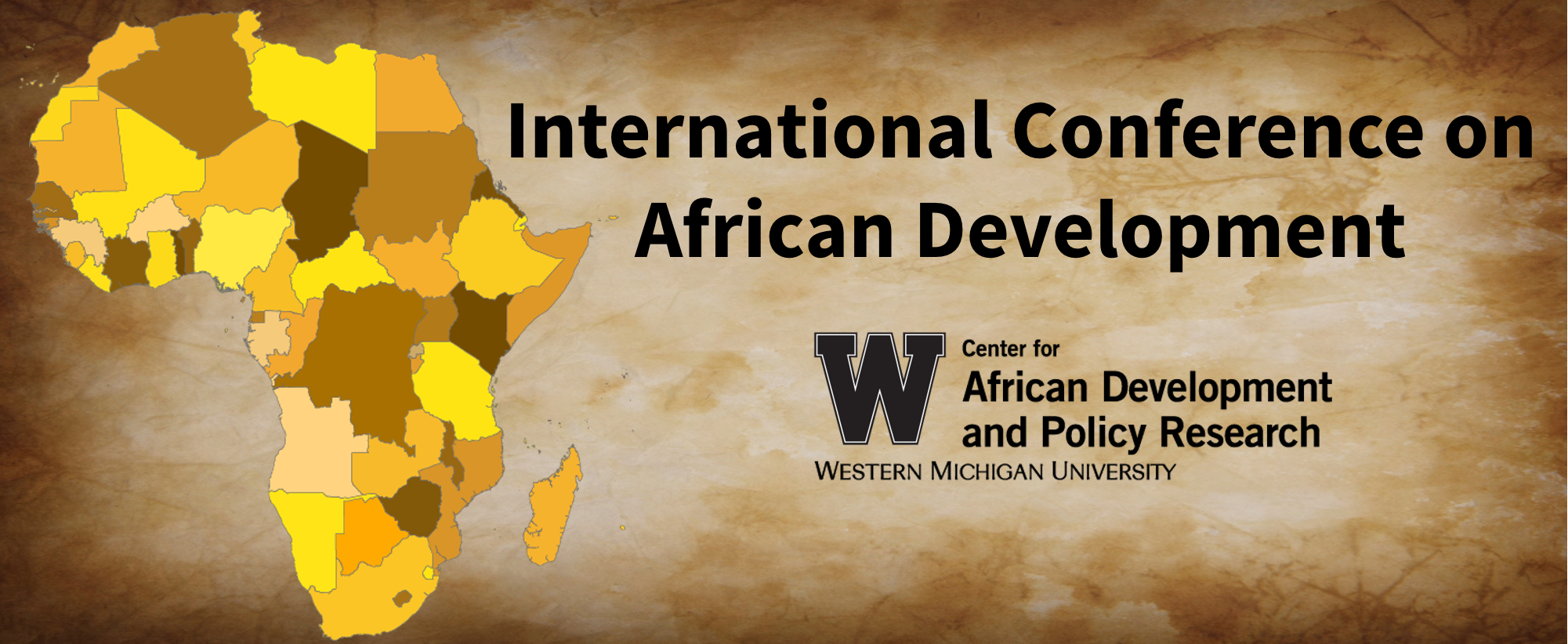2.1 Understanding Healthcare Access in a Developing Country through Mapping: Two Case Studies in Rwanda
Presenter's country
United States
Start Date
17-8-2018 11:00 AM
End Date
17-8-2018 12:00 PM
Location
Bernhard Center, 105-107
Submission type
Abstract
Abstract
Safe, reliable access to healthcare, whether for preventative purposes or for specialty care, is essential to human development and progress. The international development community recognized this fact in the formulation and articulation of Sustainable Development Goal 3 and its fourteen (1 – 9, plus A, B, C, and D) targets. Understanding, healthcare accessibility is essential at the individual, facility, and community levels. Accessibility can vary by the mode of transport available and in some cases, seasonal issues such as road conditions. We use the Geographic Information Systems (GIS) and an Application Programming Interface (API) developed for GoogleMaps to illustrate how these tools can be used to map out accessibility to healthcare facilities at varying spatial scales. We document our approach and the process for using it, then present sample results from applications to accessibility of Butaro Hospital in northern Rwanda and two separate AIDS Healthcare Foundation facilities in different geographic regions of the country.
Keywords
transportation, Geographic Information Systems, healthcare access, Rwanda
2.1 Understanding Healthcare Access in a Developing Country through Mapping: Two Case Studies in Rwanda
Bernhard Center, 105-107
Safe, reliable access to healthcare, whether for preventative purposes or for specialty care, is essential to human development and progress. The international development community recognized this fact in the formulation and articulation of Sustainable Development Goal 3 and its fourteen (1 – 9, plus A, B, C, and D) targets. Understanding, healthcare accessibility is essential at the individual, facility, and community levels. Accessibility can vary by the mode of transport available and in some cases, seasonal issues such as road conditions. We use the Geographic Information Systems (GIS) and an Application Programming Interface (API) developed for GoogleMaps to illustrate how these tools can be used to map out accessibility to healthcare facilities at varying spatial scales. We document our approach and the process for using it, then present sample results from applications to accessibility of Butaro Hospital in northern Rwanda and two separate AIDS Healthcare Foundation facilities in different geographic regions of the country.

